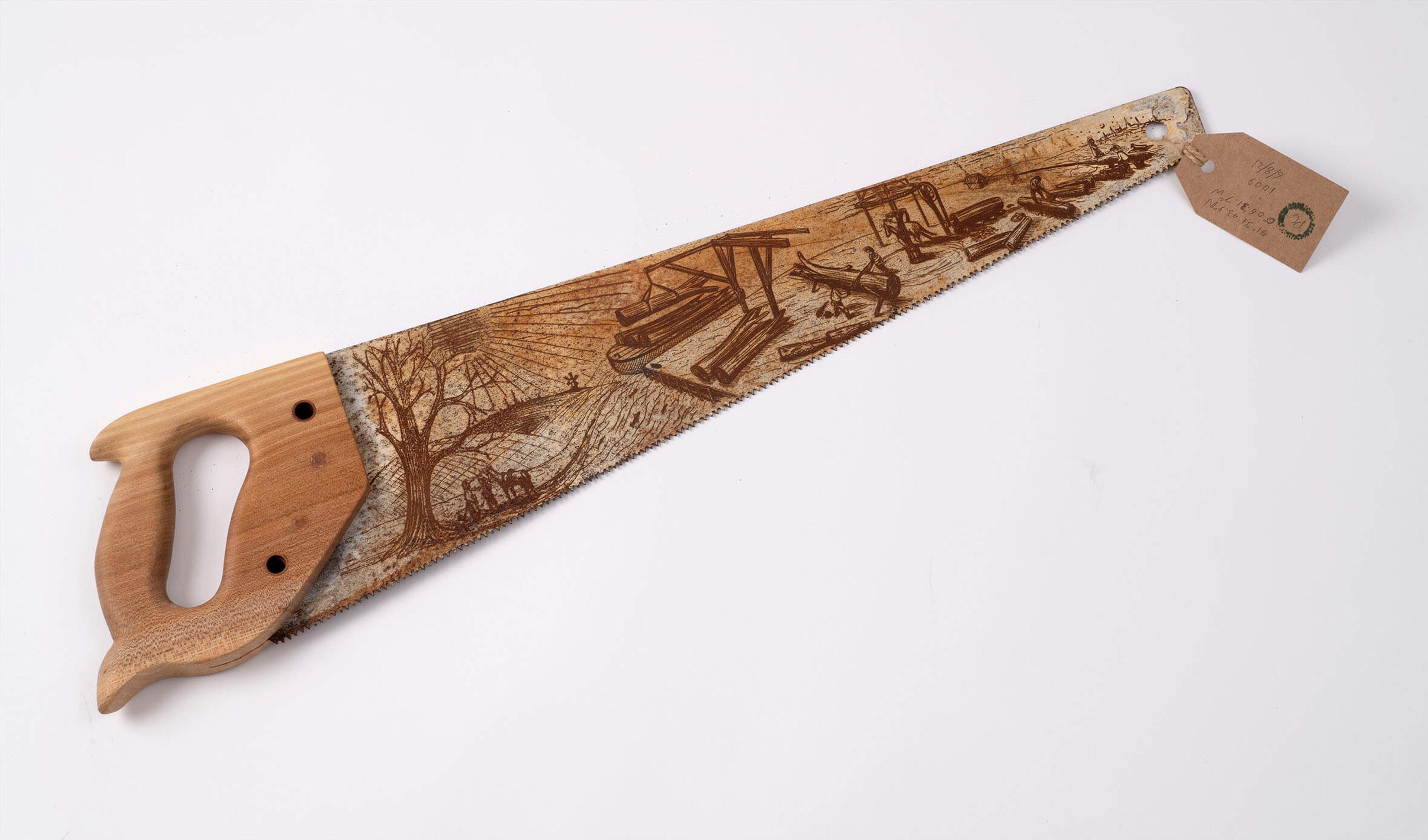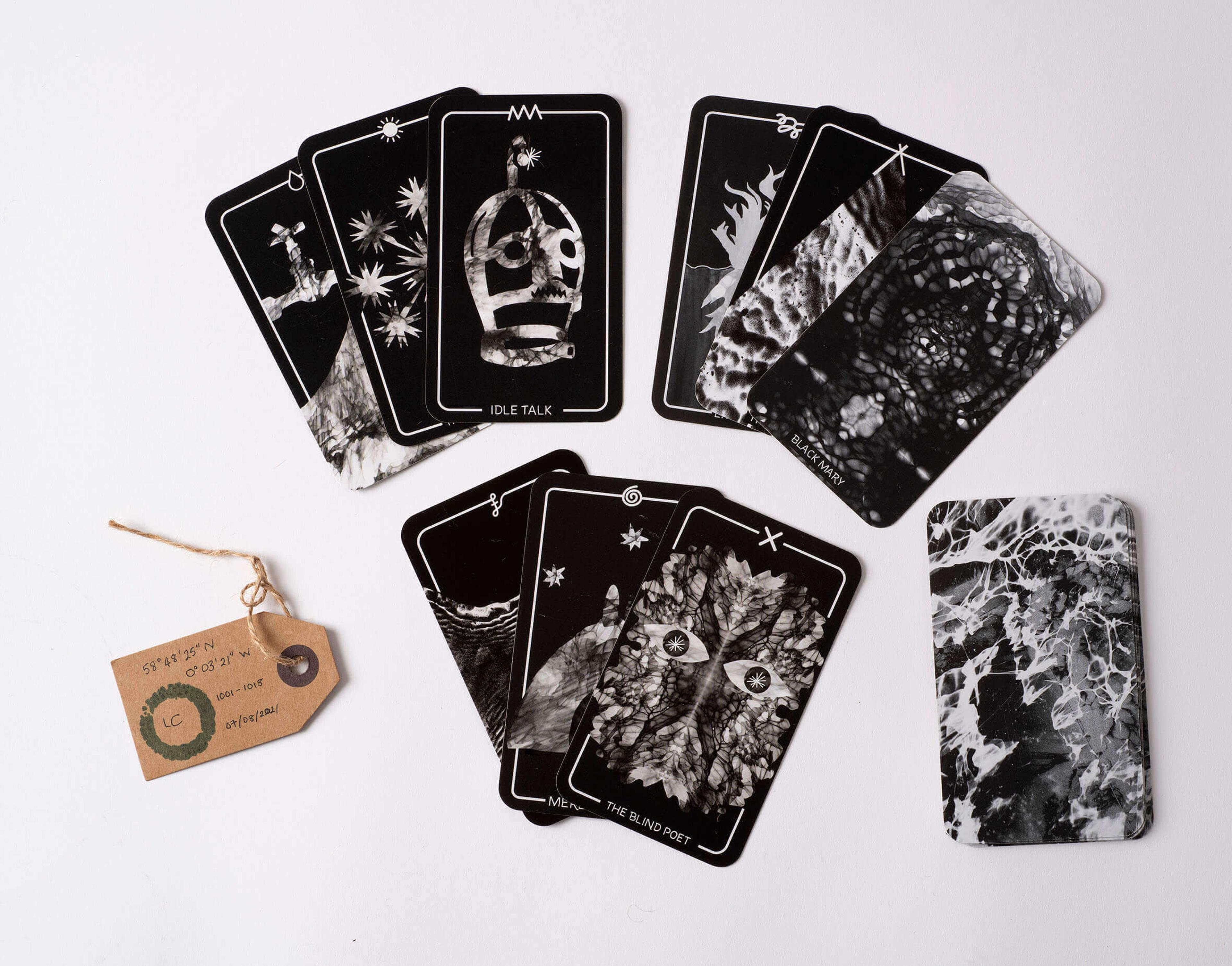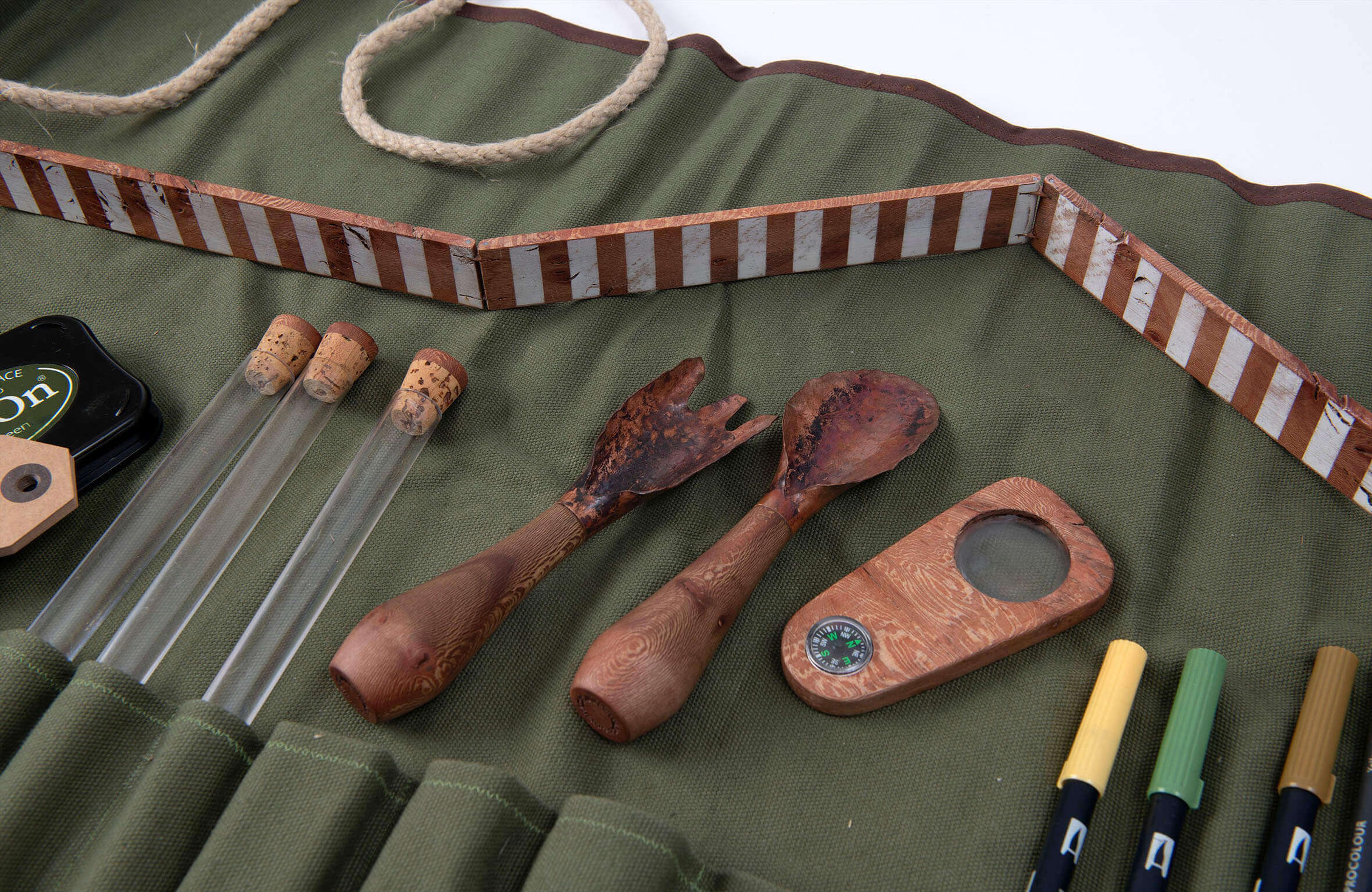A Q&A with illustrator Laura Copsey and designer Philip Crewe
by Laura Copsey and Philip Crewe, Quentin Blake Centre resident illustrators
Experimental Illustrator Laura Copsey and designer Philip Crewe are our first Engine House Illustrators-in-Residence. Last year, they researched the history of New River Head, the former waterworks that will become the Quentin Blake Centre for Illustration.
As part of your residency, you have created a series of objects that tell the stories of people from the past. Can objects be illustration?
Laura: A big part of illustration is storytelling and there are so many ways to do that - it doesn’t necessarily have to be by drawing on paper. Objects invite us to imagine a character without having to actually see them. We project our own stories and memories onto objects too, creating stories that live in our heads.
You made these objects from materials you found at the New River Head site, like broken tools. Why did you do this instead of using new materials?
Philip: The materials you find at a particular place are a source of research. A good example of this is a saw we found at New River Head. We added a new elm handle then etched an illustration of how the New River Company made elm pipes on to the blade. We used etching because many of the archived images of New River Head are copper plate etchings. It’s not true that the saw was once used in the 18th century to make elm pipes. But the steps we took and the connections we made to the past give the saw its own history and it holds enough truth to tell a story.

Laura: Sometimes the things we make have to be made from a deliberate or specific material to work in the way we want them to. It’s about a making a genuine connection between an object and a place, but I’m also driven by a sense of adventure. For example, I went wading in the New River on a new moon to make photograms [photographic images made without a camera]. I used these to create a set of tarot cards that relate to the history of Black Mary’s Hole and the surrounding waters of Islington. It was important to me that they were made by the New River on a symbolic dark night. Our work can seem quite serious, but it usually starts with us laughing and asking “what if…”

You both have an interest in historic craft, how did this influence your work?
Philip: Craft is a conversation with time, often involving tacit skillsets that transcend history. As we were attempting to peel back time and talk about the lives of people from the past, it seemed natural to adopt an explicitly crafted aesthetic. Also, our route to empathy with these people were very much dictated by the work they did. They existed in a time and space where your craft was important to your identity.
Your outcomes also feature a series of props such as a tool kit, a bottle of river water and pair of waders - is there a performative element to the project?
Laura: It’s something we are still thinking about. We have joked how we are kind of archaeologists, or art-chaelogists? We are definitely inspired by archaeological and historical methods and how they can be adapted to be visual.
In our exhibition, there will be a research lab and table top museum that isn’t yet fixed, we hope it will look like it’s being set up or in progress somehow so you can see our presence as ‘curators’. History is a story that is constructed so it’s interesting to think about ways to communicate this.
Philip: The act of collaboration means that what is produced is always outside oneself. The framework of a fictional company (Copsey & Crewe Narrative Excavation Service) enabled us to dip into a mindset where we could produce work together: that act of ‘dipping in’ was inherently performative. Just like actors in a play, we used props to help tell our story.

Is collaboration an important part of your work?
Laura: When Philip and I first met I remember thinking, “this is a brain I need in my life!” We share an obsession with small museums and over-the-top gift shops and this project felt like a good chance to delve into these interests together.
Sometimes my ideas come before I know how to make them happen, and so I seek out people with different expertise and ask questions. This project was no exception – we met a lovely engineer, a concierge and a historian who helped us out. I’m genuinely interested in people so I usually find collaborators organically. It’s joyful when you find the right people –work becomes a two-way process of surprise and possibility.
Philip: The television show Time Team investigated archaeological sites across the UK and they reached out to experts to add weight to the narratives of their episodes. For viewers, the in-depth knowledge of specialists brought richness and colour. We did the same on this project by working with artists and makers Alice Blackstock, Carol Partridge and Emily Stapleton-Jeffris. Their skillsets and perspectives went a long way towards broadening the aesthetic of our collection of objects.